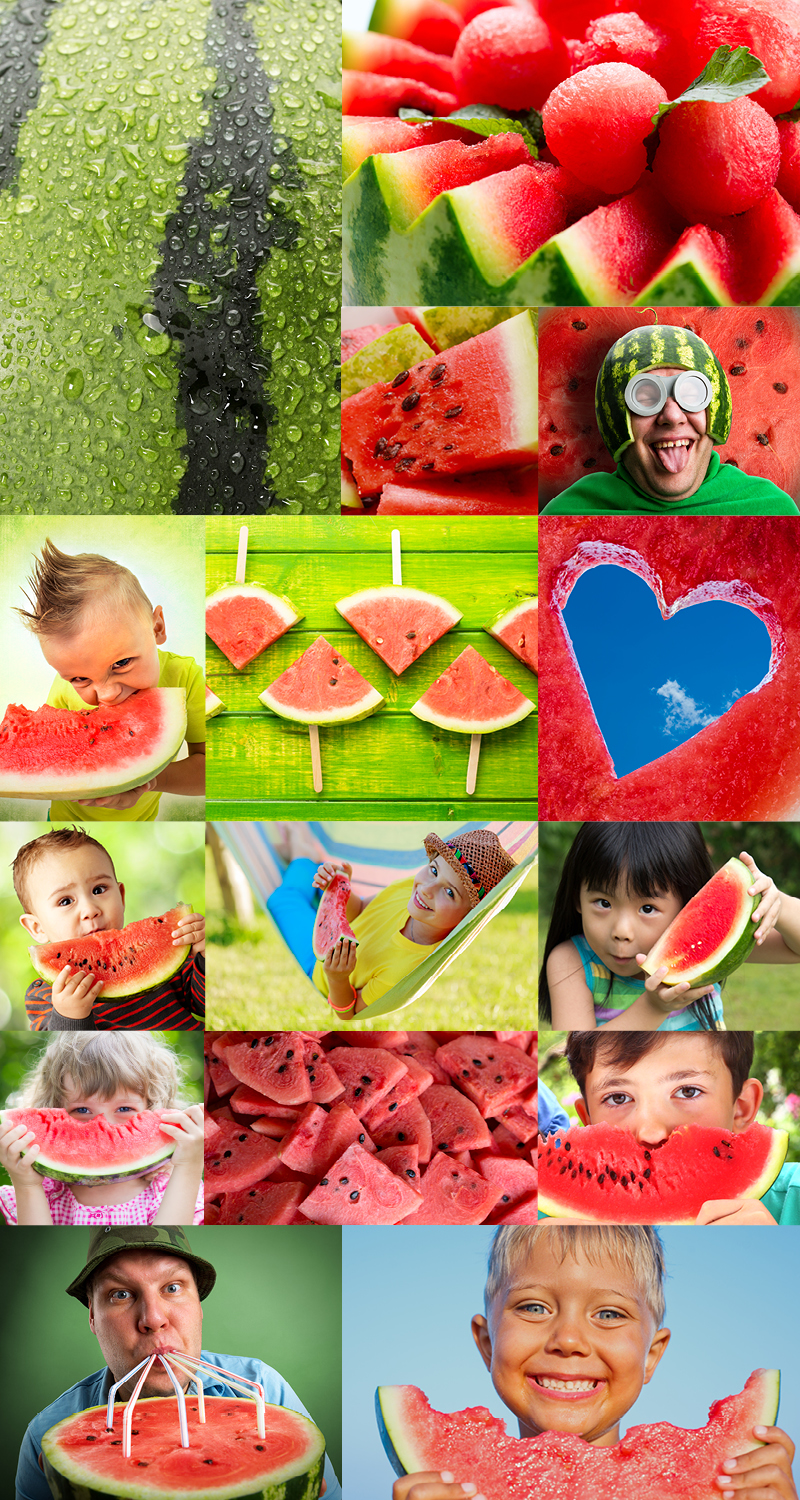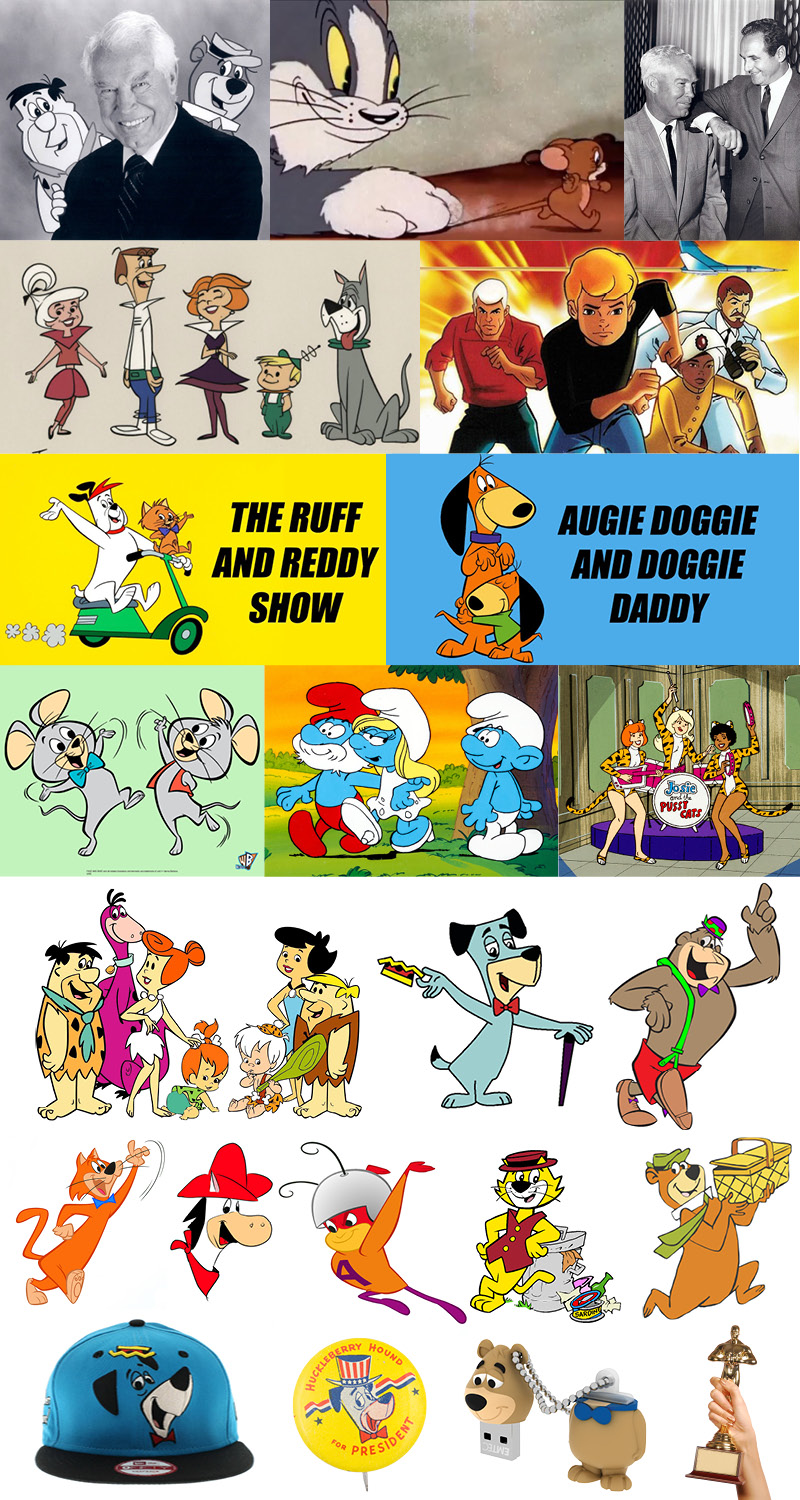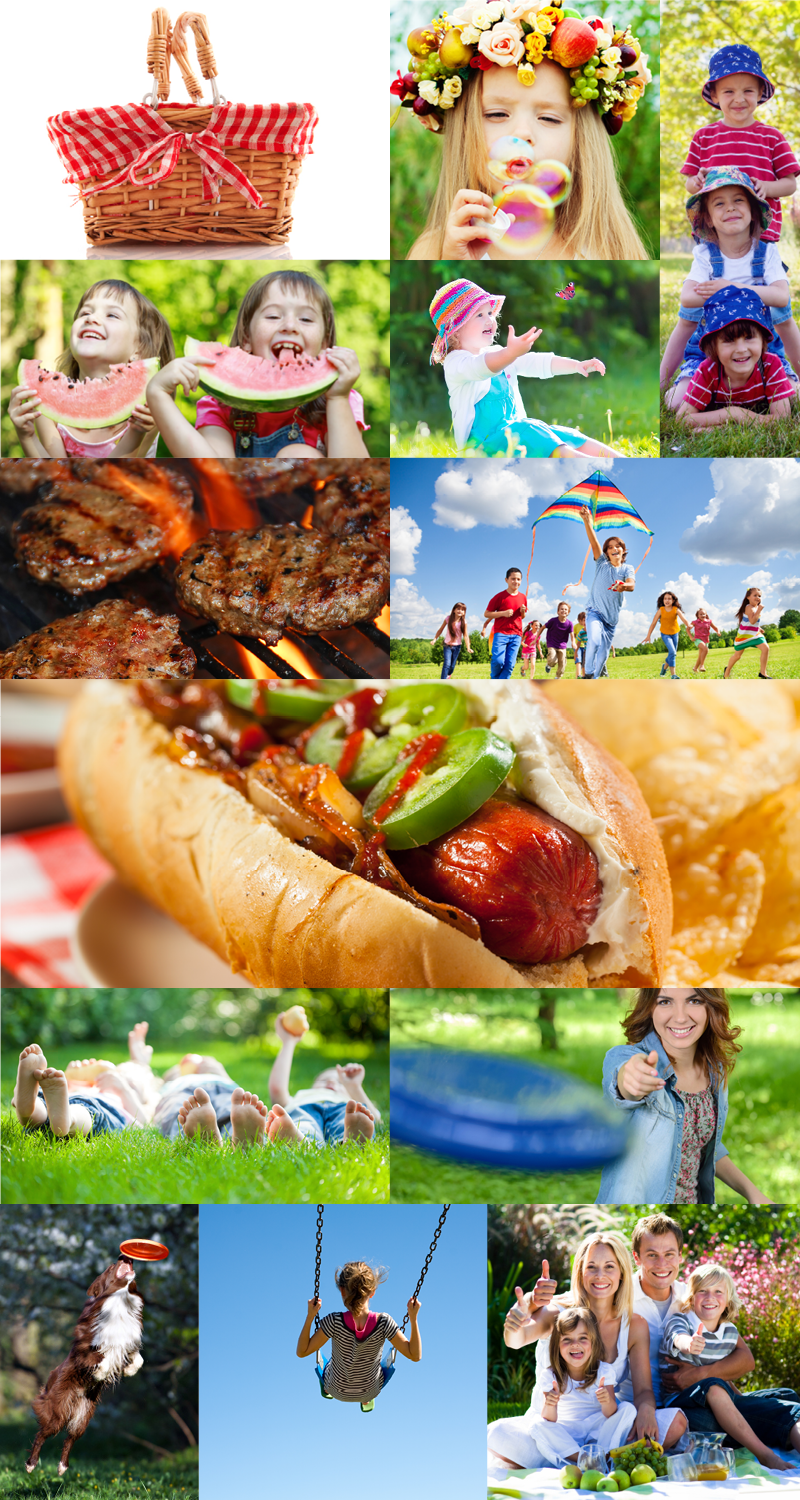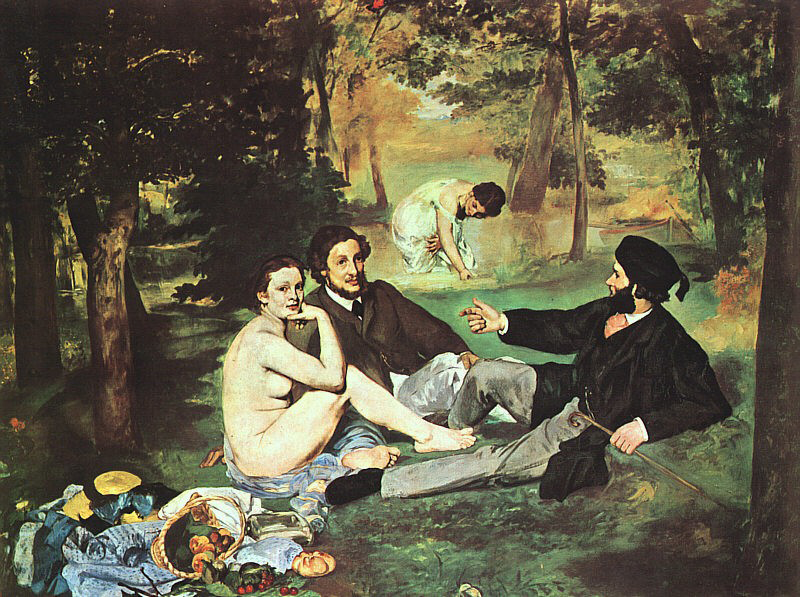“The Champion”

(top row l to r) Jordan Spieth after his big Open win at Royal Birkdale; One of Royal Birkdale’s interesting sand traps. (row two) Golf really is a great family game. (row three) A very early leather golf ball; An exploded view of Nike’s newest golf ball; A highball in a golf ball glass I saw on Amazon. (bottom) I really, really, like golf.
Last weekend, after visiting with great friends for breakfast on Sunday morning, I had a chance to watch some of the British Open, and the amazing finish by Jordan Spieth. I was mesmerized by his shot making, patience, creativity and approach to the game, as he battled shot after shot with his closest opponent Matt “kooosh” Kuchar. As a golfer myself, and one who clearly understands PIA (pain in the #$%) Jobs, (something I equate with my own golf game – often!), I thought it would be fun to dig into the archives and find some random trivia about the game we can all share with friends while on the course. Ironically, I have had a golf shot named after me, granted this was years ago, so next time you see me ask about the “Kowalski”. Special thanks to golfandcourse.com for the insights.
- The game of Golf was invented over 500 years ago in Scotland, however it is claimed that the Chinese developed a similar game as far back as 943 A.D.
- Between 1457 and 1502, golf was banned in Scotland on three separate occasions to prevent Scots from being distracted from preparations to defend against an English invasion.
- The origin of the word “golf” is thought to have come from the Dutch word “kolf” or “kolve”, meaning “club” and the passed into Scottish language and became to “golve,” “gowl” or “gouf” because of the eccentricities of Scottish dialect.
- The “birdie” was coined by an American named Ab Smith who initially referred to a “bird of a shot” which later became a “birdie.”
- A “caddy” is derived from the French word “cadet” (with has roots in the Gascon Occitan as capdèth or capdet, meaning chief then younger boy) used to refer to the Cadets de Gascogne, the youngest sons of the aristocratic families of Gascony who were captains serving in the French Army during the 15th century.
- A “scratch golfer” is a golfer with a handicap of zero.
- On February 6, 1971, Apollo 14 member Alan Shepard hit a ball on the moon with a six-iron. Shephard had to play the shot with one-handed because of his space suit.
- The longest putt ever was a huge 375 feet by Fergus Muir in November 6, 2001 at St Andrews.blank”>Try watching this video on www.youtube.com</a>, or enable JavaScript
- Michael Hoke Austin of Los Angeles, California holds the record for the longest drive on an ordinary course. On September 25, 1974 in the US National Seniors Open Championship at Las Vegas, Nevada he hit a phenomenal 515 yard drive.
- Coby Orr is the youngest golfer to make a hole-in-one. In 1975, at just 5 years of age he achieved every golfer’s dream on a par 3 in Littleton, Colorado.
- Richard Lewis holds the record for the most number of holes of golf played in a single year. Between January 1st and December 31st 2010, he played 11,000 holes, every one of them at the Four Seasons Resort and Club in Irving, Texas.
- The longest hole-in-one record has stood since March 1961 when Lou Kretlow aced the 427 yard 16th hole at Lake Hefner course, Oklahoma City, USA.
- The Honor (or “you have honors”) is when a golfer is entitled to tee off first, usually having won the last hole, or maintained “The Honor since the last hole with a winner.”
- A “condor” is the name for a score of 4 under par. There have only been four verified condor’s, all hole-in-one’s on par 5s.
- Links golf courses are characterized by being built on the thin strip of grass, sand and dunes between the sea and typical agricultural land. Parkland courses typically have lush, well maintained fairways, mature trees and woodland, deep rough and bunkers and Heath-land courses have rolling fairways, sculpted through the natural landscape with bushes, shrubs and few trees.
- A “mulligan” is a bad shot which, by mutual agreement between playing partners, is cancelled and replayed (truly one of my favorite shots)!
- Striking the ground before making contact with the ball was called a “sclaff”.
- The chances of making two consecutive holes in one is at the edge of the realms of possibility and odds have been put anywhere where between 25,000,000 and 65,000,000 to 1. But at the 1971 Martini Tournament in Norwich, England John Hudson did just that, with aces on the 11th and 12th holes.
- In 1963 Jack Nicklaus became the youngest player to win The Masters. In 1986, he became the oldest player to win The Masters.
- In 1744, the first golf club was founded, The Honourable Company of Edinburgh Golfers which played at Leith links.
- Founded in 1754, The Royal & Ancient Golf Club at St. Andrews set the standard of the 18 hole golf course.
- The first golf club to open in the United States was the Chicago Golf Club opened in 1893. The club moved two years later and has resided in the same location since 1895. Downers Grove Golf Course is at the original site.
- The oldest known rules of golf were written in 1744 by the Edinburgh Golf Club. The first golf instruction manual was published in 1857 “The Golfer’s Manual”, by “A Keen Hand” (H. B. Farnie).
- The International Golf Club in Massachusetts is the home of the longest golf course in the US (at 8,325 yards the course plays to a par of 77). The Nullarbur Links in Australia, begins and ends (depending on the direction of crossing) in the goldmining town of Kalgoorlie, Western Australia, and measures 1365 kilometers (1,482,940 yards) – clearly the longest course.
- The Sano Course at the Satsuki Golf Club in Japan boasts the world’s longest hole. The 7th hole on the course it is a par 7 and is 964 yards long.
- Pine Valley Course in New Jersey has the world’s biggest bunker. Affectionately named “Hell’s Half Acre”.
- The largest green in the world measures in excess of 28,000 square feet.
- The Augusta National Golf Club, the home of The Masters, was closed for 3 years during World War II to support the war effort. The course was used to raise cattle and turkey.
- Cast golf clubs are made by pouring molten metal into a mold, around 90% of golf clubs are made using this process. Forged golf clubs have a softer steel, stamped or beat into shape which is what give forged clubs “a better feel.”
- Up until the 1920’s two-wood golf clubs were referred to as “the brassie”, three-wood clubs “the spoon”, four-wood clubs were “the baffy” and five-wood clubs “the clerk”. A five iron was called “the mashie”, and an 8 iron was called “the pitching niblick”.
- There are 336 dimples on a regulation golf ball. The number of dimples range between 330 and 500.
- Golf balls were originally made from thin leather stuffed with feathers. At the time, tightly packing feathers was the most effective way to produce golf balls that flew the longest distance.
- Before the use of tees, golfers would tee-off from a pile a sand (something my friend Rob has known to use on our annual golf trips). It wasn’t until the 1920’s when the plastic and wood golf tees today started to gain popularity.
- You’re not allowed to carry more than 14 golf clubs in your golf bag for a sanctioned tournament. Before the 1890s, there were no golf bag, caddies would tie a strap around clubs to carry them.
- 80% of all golfers will never achieve a handicap of less than 18.
- If you walk an 18 hole golf course, you’ll walk roughly 4 miles and burn 2,000 calories. If you ride around an 18 hole golf course on a golf cart you’ll burn around 1,300 calories. And if you flag down the beverage cart, for a cool drink and a snack, you are most likely right back to zero.
- It’s common for Japanese golfers to have insurance for getting a “hole-in-one”. Having made hole-in-one it’s customary to throw a party and present gifts to all your friends to share your good luck.
- Johnny Weissmuller, famous for his role as Tarzan, was playing golf in Cuba during the Revolution when he was surrounded by a group of rebels. He immediately gave his trademark Tarzan yell. The soldiers recognized it and were so delighted to meet Tarzan that they escorted him to a safe area.
- South African golfer Gary Player wore a pair of trousers with one black leg and one white leg at the 1960 Open Championship in St Andrews to protest against Apartheid.
- Golf is a game – it should be fun to play.






